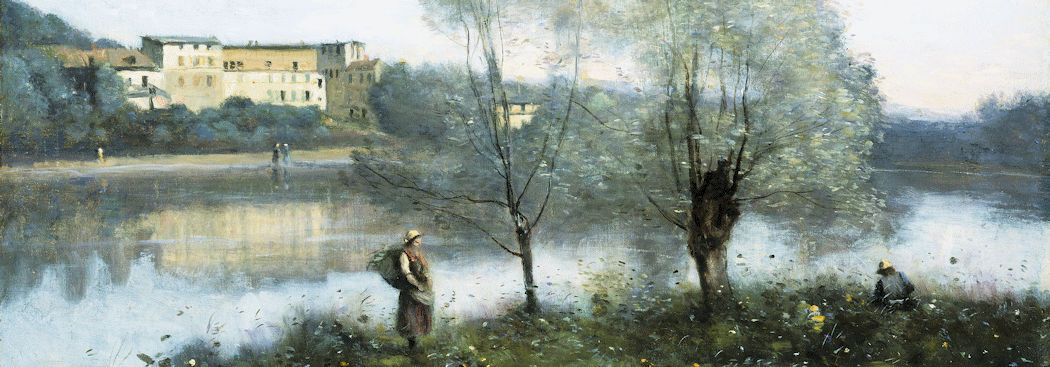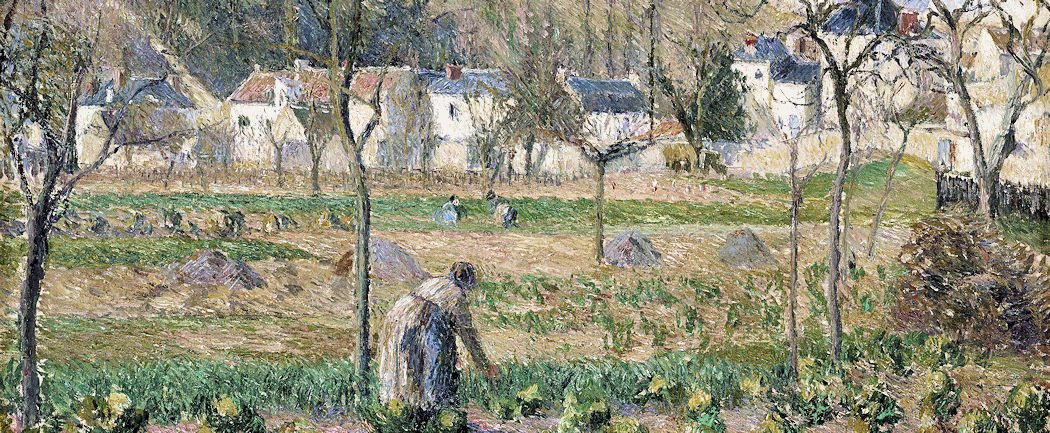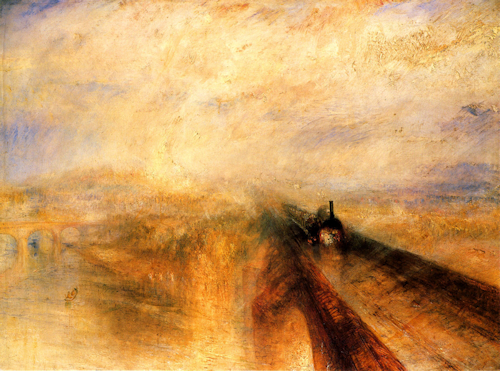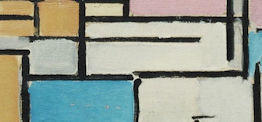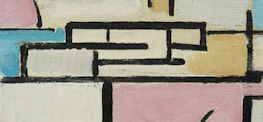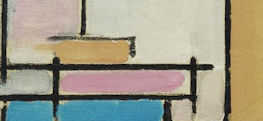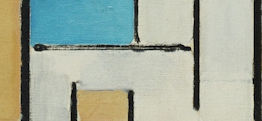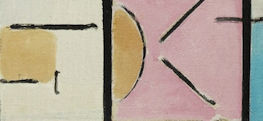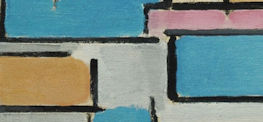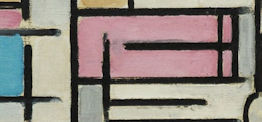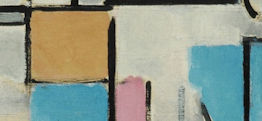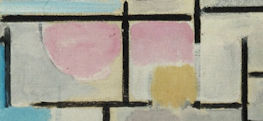Modernity: "The sun is God"
"Rain, Steam and Speed - The Great Western Railway" - JMW Turner, Oil on Canvas, 1844 (National Gallery, London, UK)
JMW Turner, unlike other artists of his era, admired modernity. "Rain, Steam, and Speed" states emphatically that a railroad train crossing a bridge is beautiful. The engine he selected for his painting was the most advanced type of locomotive of the day, known as the "Friefly Class"; and the bridge it is crossing at Maidenhead was a masterpiece of engineering by the greatest bridge - builder of his time, Isambard Kingdom Brunel. Having journeyed all over England and Scotland and half of Europe in stagecoaches, Turner was among the first to welcome this speedier and more comfortable method of travel. He was particualarly delighted by the Great Western Railroad, which opened its Bristol-Exeter extension in 1844, the year "Rain, Steam and Speed" was exhibited.
London Street Cries
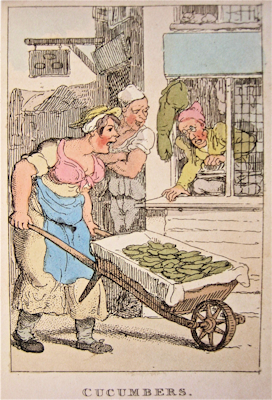 Street cries are the short, often lyrical calls of merchants/vendors hawking their products and services in city streets and open-air markets.The "Cries of London" was a re-occurring theme in English printmaking for over three centuries. These colourful prints form a visual record of London's "lower orders", the pedlars, charlatans, street hawkers, milkmaids, and grocers who made their living on the city streets. They give us a glimpse of a long forgotten London where tradesmen would advertise their wares with a musical shout or a melodic rhyme. Different versions of the "Cries" vary in tone from idealistic visions of happy street vendors to satirical caricatures. One of the most famous series of "London Cries" is the group of somewhat sentimental pictures executed by Francis Wheatley. Wheatley's series was immensely popular and enjoyed a long period of success in the English print shops.
Street cries are the short, often lyrical calls of merchants/vendors hawking their products and services in city streets and open-air markets.The "Cries of London" was a re-occurring theme in English printmaking for over three centuries. These colourful prints form a visual record of London's "lower orders", the pedlars, charlatans, street hawkers, milkmaids, and grocers who made their living on the city streets. They give us a glimpse of a long forgotten London where tradesmen would advertise their wares with a musical shout or a melodic rhyme. Different versions of the "Cries" vary in tone from idealistic visions of happy street vendors to satirical caricatures. One of the most famous series of "London Cries" is the group of somewhat sentimental pictures executed by Francis Wheatley. Wheatley's series was immensely popular and enjoyed a long period of success in the English print shops.
This popularity undoubtedly inspired Rowlandson to execute his satirical versions of the "Cries". In a set of eight prints, (number seven is missing and not recorded), Rowlandson created a group of witty images mimicking Wheatley's more earnest criers. Under his biting pen the "Cries" metamorphose into lascivious caricatures, Rowlandsonesque versions of London's street people.




















